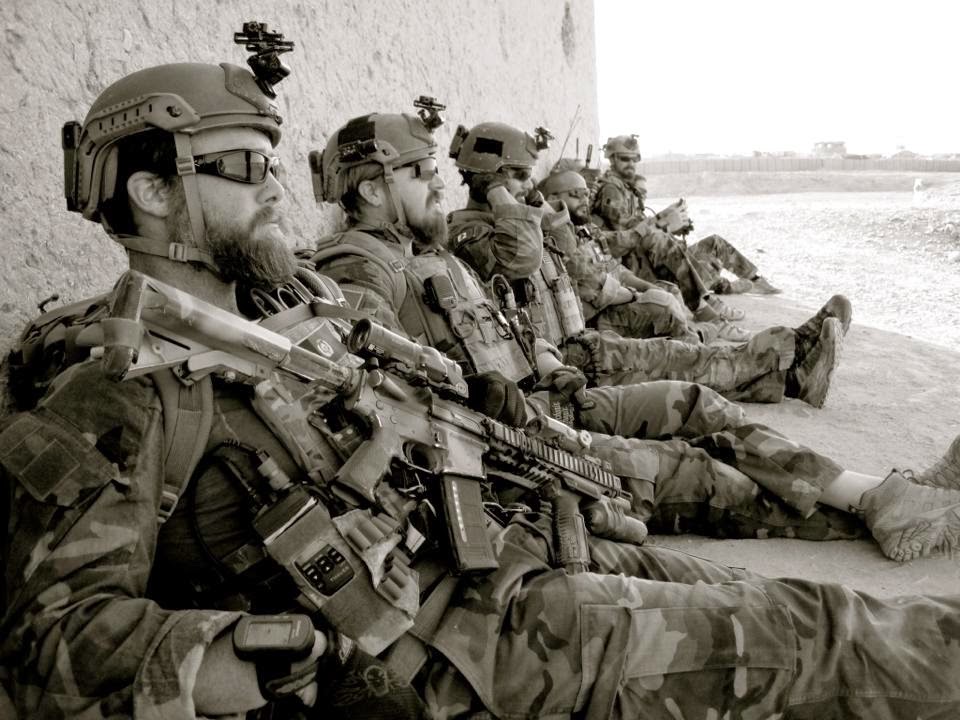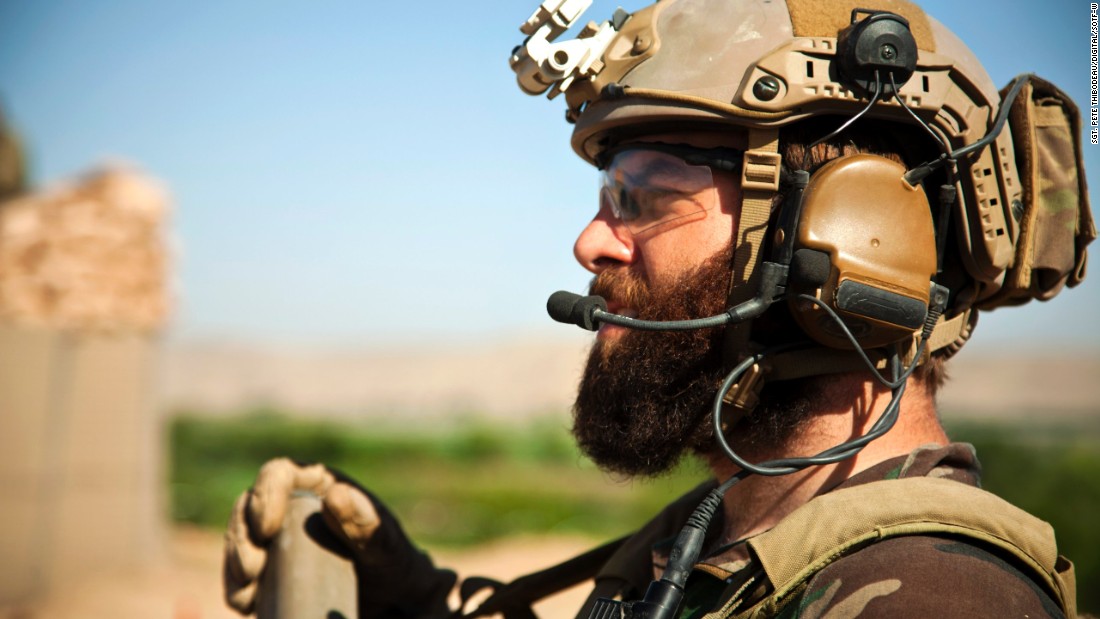BAK
JF-Expert Member
- Feb 11, 2007
- 124,790
- 288,003
By
Jacob Gallagher
FIFTEEN YEARS AGO, Dzenad Bicic’s beard wasn’t just rare, it was disturbingly rare. “It was shocking and weird for everyone,” said the 39-year-old barber, who runs Geno’s Barberia in New York, of his decision to flout his professional obligation to trim. By 2006, however, Mr. Bicic was noticing that more of his customers wanted to join him on the hirsute side. It was the onset of the heritage movement, when men, driven by a renewed interest in Americana, started favoring inky Levi’s, L.L. Bean plaid shirts and rugged Filson bags. Bristling beards expressed the macho, Paul Bunyan aesthetic to a tee.
Leonardo DiCaprio | Leo’s mountain man beard worked for him during his turn as fur trapper Hugh Glass in ’The Revenant,’ but is it the best look for the wilds of Hollywood? Corbis …
Which raises the question: Is the beard still cool? Men such as Benjamin Levy, who works in sales at Ralph Lauren, say no. After three years of having one, the freshly shorn 24-year-old said they now reflect conformity: “You go to a bar and all you see are bearded dudes. I don’t like it.”
Robert McMillen, the head barber at Blind Barber, which just set up its fourth shop, at the downtown Barneys New York, believes the beard reached its peak in popularity a year or two ago. “Men with burly beards are starting to reduce them for a more streamlined look,” said Mr. McMillen, 36. Take Twitter CEO Jack Dorsey, whose much-maligned Rasputin beard was a shadow of its former self when he appeared on a morning talk show last month.
But Mr. McMillen said he doesn’t see clients returning to a strictly clean-shaven look anytime soon: “Guys are wearing mustaches or leaving some stubble.” Even if you missed the burly-beard trend, he says, you can still wring passable coolness out of facial hair.
‘Men with burly beards are starting to reduce them for a more streamlined look.’
Historically, the relative popularity of beards has often reflected prevailing attitudes about masculinity, said Christopher Oldstone-Moore, who teaches at Wright State University in Dayton, Ohio. In his 2015 book, “Of Beards and Men: The Revealing History of Facial Hair,” he draws parallels between the recent vogue for beards and a hirsute-y uptick in the 1850s, when beards lost their association with radicals and effetes and gained cred with figures like Charles Darwin and Abraham Lincoln. Men used them to project masculinity, he said. What’s “masculine” now is in a state of flux, he maintained, and the beard came back because it is “undeniably masculine, whether you’re gay or straight, or country or city.”
Mr. Oldstone-Moore noted that beards are still taboo in politics, corporate finance and law, a point made by Eric Bandholz, a former financial adviser for Merrill Lynch, who says he faced anti-beard sentiment for years. Mr. Bandholz left the firm and started Beardbrand, a line of facial-hair products like beard oil and mustache wax, in 2012. “I wasn’t being myself,” he said.
So while the beard is looking passé among hipsters and never really crossed the line into corporate America, it’s still an option for those identifying with its hairy assertiveness. “My beard is a part of who I am,” said Chuck Sammons, 33, an Atlanta music promoter, who has had one for over a decade. “I can’t imagine myself without it.”
Is the Beard Trend Over?
Jacob Gallagher
FIFTEEN YEARS AGO, Dzenad Bicic’s beard wasn’t just rare, it was disturbingly rare. “It was shocking and weird for everyone,” said the 39-year-old barber, who runs Geno’s Barberia in New York, of his decision to flout his professional obligation to trim. By 2006, however, Mr. Bicic was noticing that more of his customers wanted to join him on the hirsute side. It was the onset of the heritage movement, when men, driven by a renewed interest in Americana, started favoring inky Levi’s, L.L. Bean plaid shirts and rugged Filson bags. Bristling beards expressed the macho, Paul Bunyan aesthetic to a tee.
Leonardo DiCaprio | Leo’s mountain man beard worked for him during his turn as fur trapper Hugh Glass in ’The Revenant,’ but is it the best look for the wilds of Hollywood? Corbis …
Which raises the question: Is the beard still cool? Men such as Benjamin Levy, who works in sales at Ralph Lauren, say no. After three years of having one, the freshly shorn 24-year-old said they now reflect conformity: “You go to a bar and all you see are bearded dudes. I don’t like it.”
Robert McMillen, the head barber at Blind Barber, which just set up its fourth shop, at the downtown Barneys New York, believes the beard reached its peak in popularity a year or two ago. “Men with burly beards are starting to reduce them for a more streamlined look,” said Mr. McMillen, 36. Take Twitter CEO Jack Dorsey, whose much-maligned Rasputin beard was a shadow of its former self when he appeared on a morning talk show last month.
But Mr. McMillen said he doesn’t see clients returning to a strictly clean-shaven look anytime soon: “Guys are wearing mustaches or leaving some stubble.” Even if you missed the burly-beard trend, he says, you can still wring passable coolness out of facial hair.
‘Men with burly beards are starting to reduce them for a more streamlined look.’
Historically, the relative popularity of beards has often reflected prevailing attitudes about masculinity, said Christopher Oldstone-Moore, who teaches at Wright State University in Dayton, Ohio. In his 2015 book, “Of Beards and Men: The Revealing History of Facial Hair,” he draws parallels between the recent vogue for beards and a hirsute-y uptick in the 1850s, when beards lost their association with radicals and effetes and gained cred with figures like Charles Darwin and Abraham Lincoln. Men used them to project masculinity, he said. What’s “masculine” now is in a state of flux, he maintained, and the beard came back because it is “undeniably masculine, whether you’re gay or straight, or country or city.”
Mr. Oldstone-Moore noted that beards are still taboo in politics, corporate finance and law, a point made by Eric Bandholz, a former financial adviser for Merrill Lynch, who says he faced anti-beard sentiment for years. Mr. Bandholz left the firm and started Beardbrand, a line of facial-hair products like beard oil and mustache wax, in 2012. “I wasn’t being myself,” he said.
So while the beard is looking passé among hipsters and never really crossed the line into corporate America, it’s still an option for those identifying with its hairy assertiveness. “My beard is a part of who I am,” said Chuck Sammons, 33, an Atlanta music promoter, who has had one for over a decade. “I can’t imagine myself without it.”
Is the Beard Trend Over?













